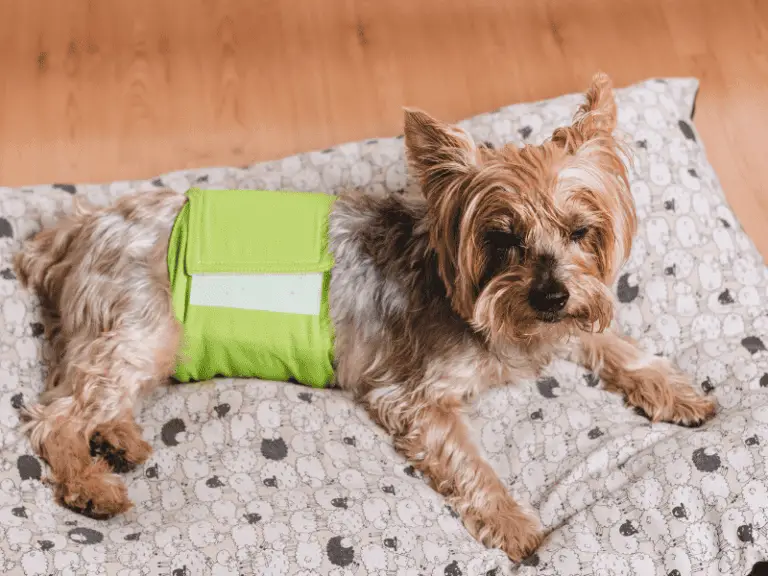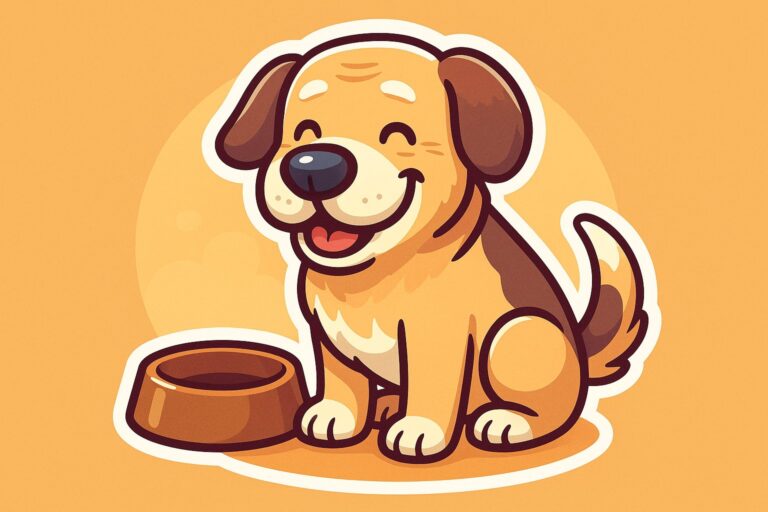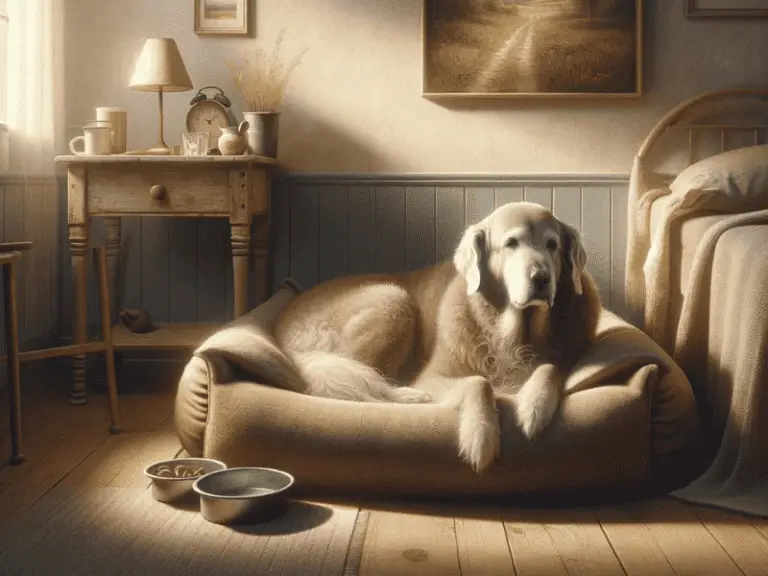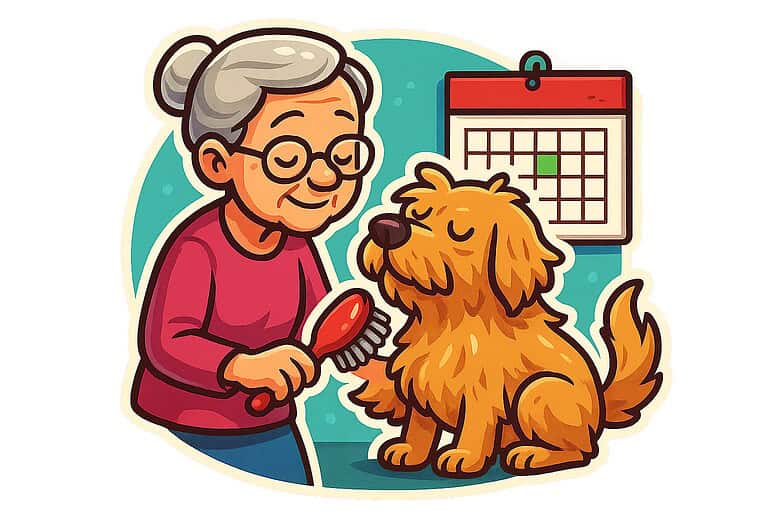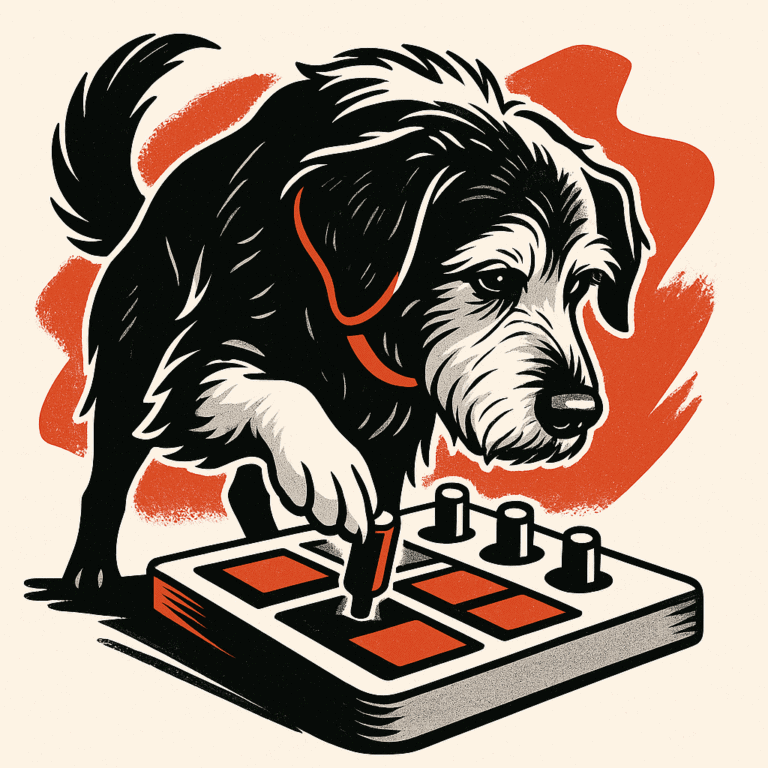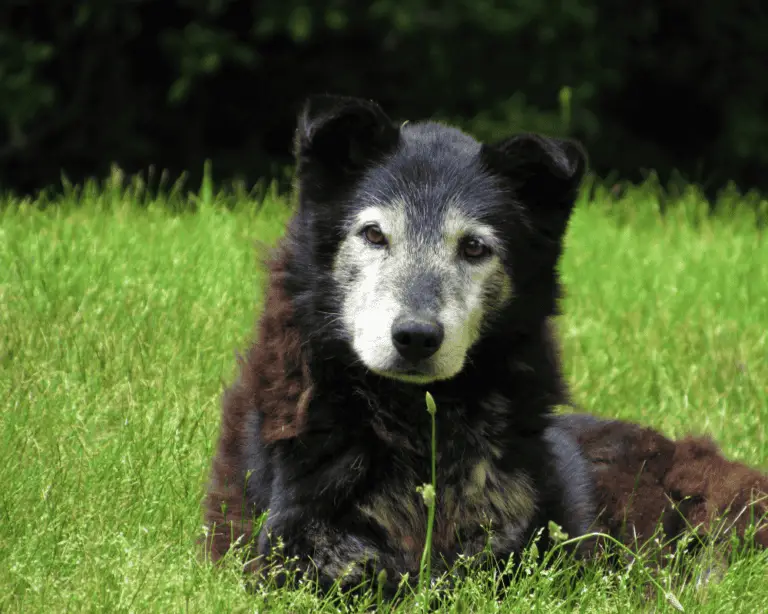8 Simple Tricks to Get Your Senior Dog to Eat More
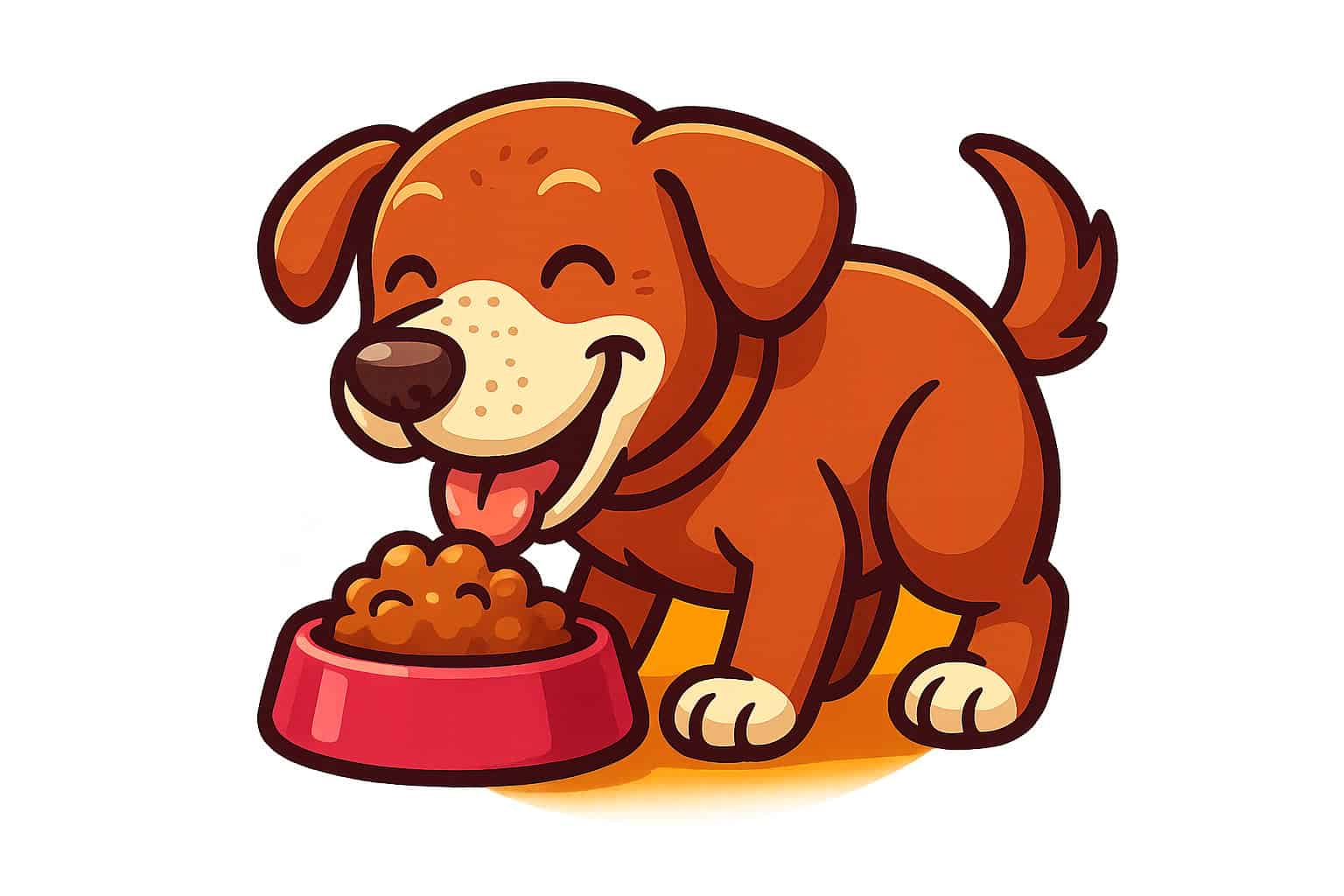
Getting your senior dog to eat can feel like a daily challenge. Maybe you’ve noticed your older pup turning away from their food bowl or eating much less than they used to.
You’re definitely not alone in this struggle. The good news? There are plenty of gentle ways to spark your dog’s interest in mealtime again.
Simple tweaks like adjusting food temperature, meal schedule, and ingredients can really help. From warming up their meals to trying hand-feeding, these practical approaches suit your dog’s changing needs as they age.
Understanding why appetite changes happen—and knowing when to check with your vet—will help you support your furry friend through their golden years.
1) Warm Up Your Dog’s Food to Make Meals More Inviting
Have you noticed your senior dog turning away from their bowl more often? Warming their food just a bit can make a surprising difference.
Heat brings out the natural scents in dog food, making meals smell way more appealing. Think about how your own food smells better warm than cold.
Older dogs often can’t smell as well as they used to. Warming their food helps them actually notice what’s in their bowl.
You don’t need to make the food hot—just warm it to about body temperature. If it feels comfy on your wrist, it’s good for your dog.
Try microwaving wet food for 10-15 seconds, then stir it and check for hot spots. Or add a little warm water to dry kibble.
Cold food from the fridge can bother older dogs with sensitive teeth. Room temp or slightly warm food is much gentler on their mouths.
This trick works especially well for picky eaters. The stronger smell usually gets their attention and encourages that first bite.
2) Offer Smaller, More Frequent Meals Instead of Large Portions
Your senior dog’s stomach isn’t what it used to be. Large meals can feel overwhelming and might make your older pup avoid eating altogether.
Would you want to tackle a huge feast when you’re not feeling great? Smaller snacks throughout the day sound more manageable, right? Your dog feels the same.
Try splitting your dog’s daily food into three or four smaller portions. Each meal feels less intimidating and more doable.
Smaller meals are easier on digestion, too. Your dog won’t feel as stuffed or uncomfortable after eating.
You might notice your pup shows more interest when the bowl isn’t overflowing. Sometimes, less is actually more.
If your dog gets tired while eating, smaller portions help them finish without giving up. It’s a simple change that can make a big difference.
Start by dividing their current daily amount into smaller servings. Keep the total the same, just spread it out more.
3) Add a Spoonful of Low-Sodium Chicken Broth for Extra Flavor and Hydration
Maybe your senior dog isn’t drinking as much water as before. Adding a spoonful of low-sodium chicken broth to their food can help with that—and boost flavor too.
The warm, savory smell of broth can make even boring kibble seem like a gourmet meal. Your dog’s nose will perk up as soon as you pour it in.
Low-sodium chicken broth keeps your senior dog hydrated and adds a little nutrition. It’s especially useful for older dogs who might not drink enough water on their own.
Be sure to pick a broth without onions or garlic, since those are toxic for dogs. You can find dog-specific broths at pet stores, or make your own at home.
Start with just a spoonful mixed into their regular food. If your dog loves it, add a bit more next time.
The extra moisture makes dry kibble easier to chew and digest. That’s a big plus if your senior dog has dental issues or a sensitive stomach.
4) Mix in a Little Canned Pumpkin to Improve Taste and Support Digestion
Canned pumpkin is a gentle miracle for picky senior dogs. Its naturally sweet flavor makes even bland foods more appealing.
Most dogs love pumpkin right away. Just mix a tablespoon or two into their regular food to make it more interesting.
The fiber in pumpkin helps regulate digestion. If your dog struggles with constipation or loose stools, pumpkin can help get things back on track.
Always buy plain canned pumpkin, not pumpkin pie filling. The pie filling has sugar and spices that aren’t good for dogs.
Start with small amounts to see how your dog reacts. Too much pumpkin might upset their stomach instead of helping.
Pumpkin is packed with vitamins and minerals. It’s like a tasty, healthy supplement mixed right into their dinner.
5) Try Hand-Feeding to Encourage Interest and Bonding
Hand-feeding your senior dog can work wonders when they’re ignoring their bowl. Your warm hand makes food more inviting and turns mealtime into a special moment.
Offer small pieces of their regular food from your palm. Let your dog eat at their own pace—no need to rush.
Some dogs perk up more when you’re involved in their meals. Hand-feeding strengthens your bond and encourages them to eat.
If your dog seems hesitant, sit quietly beside them and offer just a few pieces at a time. Your calm presence can work wonders for a nervous or picky senior.
Hand-feeding lets you see exactly how much your dog is eating. You’ll notice quickly if they’re taking less food than usual.
Some senior pups just prefer this personal touch. It reminds them that food comes from you, their favorite person.
Mix hand-feeding with bowl feeding throughout the day if you like. Maybe hand-feed breakfast, then use the bowl for dinner—whatever suits your dog’s mood.
6) Gently Massage Your Dog’s Neck and Jaw Before Mealtime
A gentle neck and jaw massage can help wake up your senior dog’s appetite. This trick works by boosting blood flow and relaxing tense muscles that might make eating uncomfortable.
Place your hands gently on either side of your dog’s neck. Use slow, circular motions with light pressure—think gentle, not deep tissue.
Move your fingers along the jawline with soft presses. You’re just helping your dog relax and get ready for their meal.
Watch how your dog responds. If they lean in or seem to enjoy it, you’re doing it right. Stop if they pull away or seem uncomfortable.
Try this massage 5-10 minutes before putting their food bowl down. Many dogs learn to associate the massage with good things—like tasty meals.
Some dogs become way more interested in food after a little massage. It’s a simple ritual that can make a real difference.
7) Choose a High-Quality Senior Dog Food for Easy Digestion and Better Taste
Maybe your senior dog turns their nose up at regular kibble now. As dogs age, their taste and digestion change a lot.
Senior dog foods are made with these changes in mind. They have fewer calories and more fiber than regular adult food, which helps prevent weight gain and supports digestion.
These formulas often include added nutrients for joints, brain, and immune health. Your aging dog needs those extras to stay comfortable and healthy.
The texture is usually softer and easier to chew. If your dog has dental problems or sensitive teeth, this can make a big difference.
Senior foods tend to be more flavorful and aromatic. Companies know older dogs can be pickier, so they make these recipes extra appealing.
Pick a brand labeled specifically for senior dogs. Look for options that mention „easy digestion“ or „sensitive stomach“ on the bag.
Switch foods gradually over 7-10 days. Mix in more of the new food and less of the old each day.
8) Mix Wet and Dry Food for More Texture and Moisture
Senior dogs often lose interest in plain kibble as they age. Adding wet food can make meals more appealing for your older companion.
Wet food has much more moisture than dry kibble. This helps keep your dog hydrated, especially if they’re not drinking enough water.
The softer texture is easier on aging teeth and gums. If your senior dog has dental issues, wet food requires less chewing.
Mix wet and dry food to find the perfect combo. Start with a small amount of wet food and increase it gradually over several days.
This mix gives your dog variety in taste and texture. Many picky seniors find it way more interesting than dry food alone.
Wet food’s strong aroma can also spark your dog’s appetite. As dogs age, their sense of smell fades, so the extra scent really helps.
Appetite Changes in Senior Dogs: What to Know
As your dog ages, their relationship with food naturally shifts. Slower metabolism and physical changes affect how they process meals.
Why Do Older Dogs Eat Less?
A senior dog’s decreased appetite isn’t always a reason to panic. Just like people, dogs often eat smaller portions as they get older.
Slower metabolism is usually the main culprit. Your older dog doesn’t burn as many calories as they did during their wild puppy days.
Their energy needs drop a lot. If your ten-year-old pup naps more than they chase squirrels, they just don’t need as much food.
Physical changes play a role, too:
- Reduced sense of smell makes food less tempting
- Dental problems can make chewing tough
- Less activity means fewer calories needed
Maybe your dog takes longer naps or wants shorter walks now. That natural slowdown means less hunger.
How Aging Affects Digestion
Your dog’s digestive system gets less efficient with age. It’s not so different from how people need more time to digest heavy meals as they get older.
Stomach acid production drops, making it harder for your dog to break down food. They might feel full longer than before.
The intestines don’t absorb nutrients as well. Your dog could feel satisfied with less food because their body processes it more slowly.
Liver and kidney function naturally decline with age. These organs help process nutrients, so if they’re not working as well, your dog may eat less to avoid discomfort.
If your dog suddenly gets extremely hungry or stops eating altogether, that’s different from gradual changes. That’s when you should call your vet.
When Should You Talk to Your Vet About Appetite Loss?
Some warning signs need quick attention; others can wait a bit. Knowing what to watch for helps you get the best care for your senior dog.
Red Flags That Mean a Vet Visit
If your senior dog hasn’t eaten anything for 24 hours, call your vet. This is especially important for smaller dogs, since they can get low blood sugar fast.
Watch for these serious warning signs:
- Vomiting or diarrhea along with not eating
- Lethargy or unusual weakness
- Drinking much more or much less water than normal
- Trouble breathing or panting while resting
- Pale or yellow gums
Sometimes dogs try to eat but then walk away. That could mean dental pain or mouth problems.
Any sudden weight loss is a big deal. If you notice you can feel your dog’s ribs more easily, don’t wait.
Does your dog seem confused or act disoriented? Changes in mental state plus poor appetite might signal something serious.
What Questions Should You Ask Your Veterinarian
Show up with details about your dog’s eating habits. Jot down when the appetite loss started and what you’ve already tried.
Here are a few questions you might want to ask:
- „Could this be related to my dog’s current medications?“
- „Should I change the food or feeding schedule?“
- „Are there appetite stimulant medications that might help?“
- „What blood tests do you recommend?“
Bring a list of everything your dog has eaten in the past few days. Toss in treats, table scraps, and any new foods you offered.
If you have two dogs, let your vet know whether both are eating normally. Sometimes one dog’s quirks rub off on the other.
Ask about pain management options. A lot of senior dogs eat better when they’re more comfortable.
And don’t forget to ask when you should come back if things still aren’t looking up.

